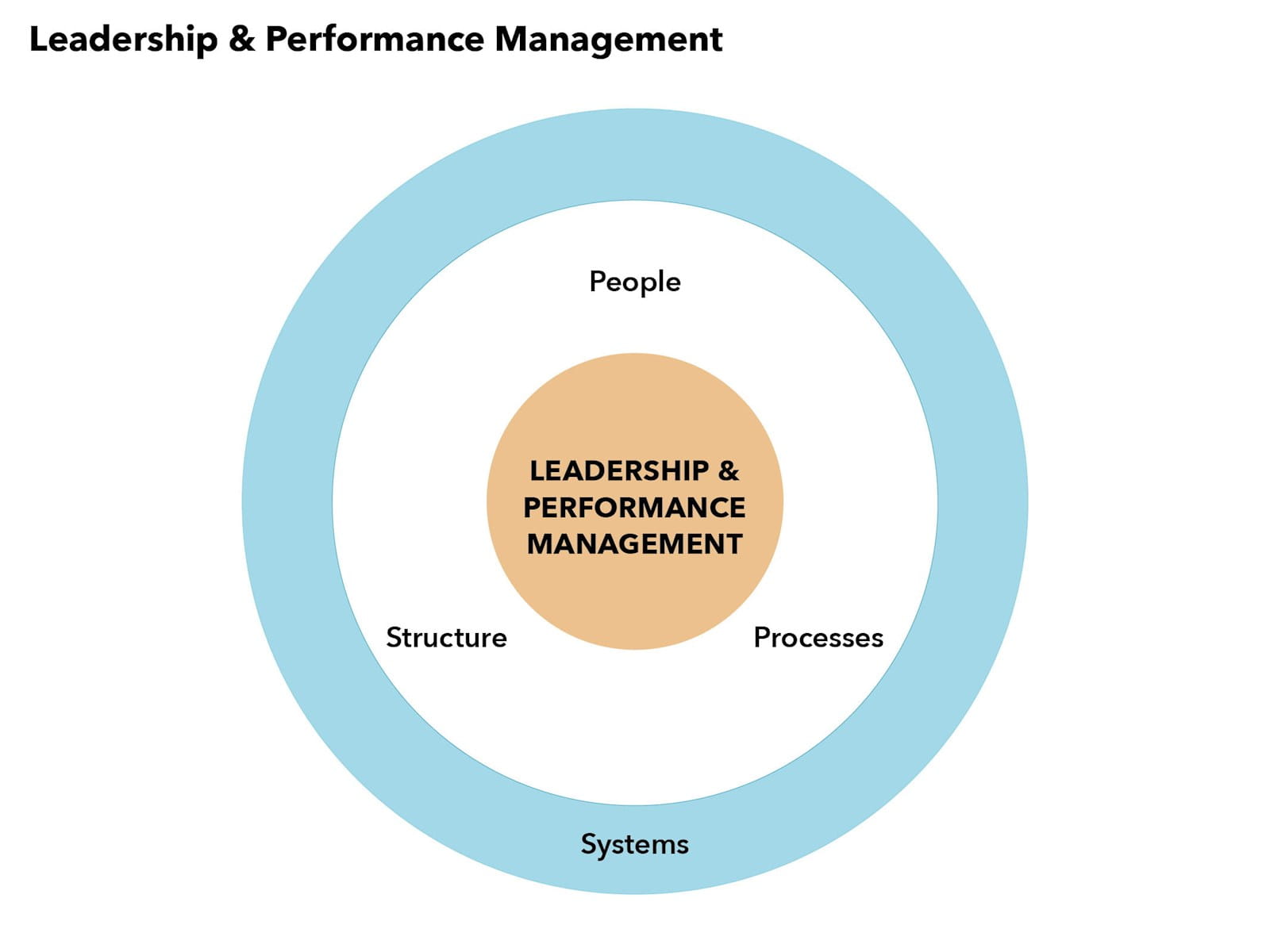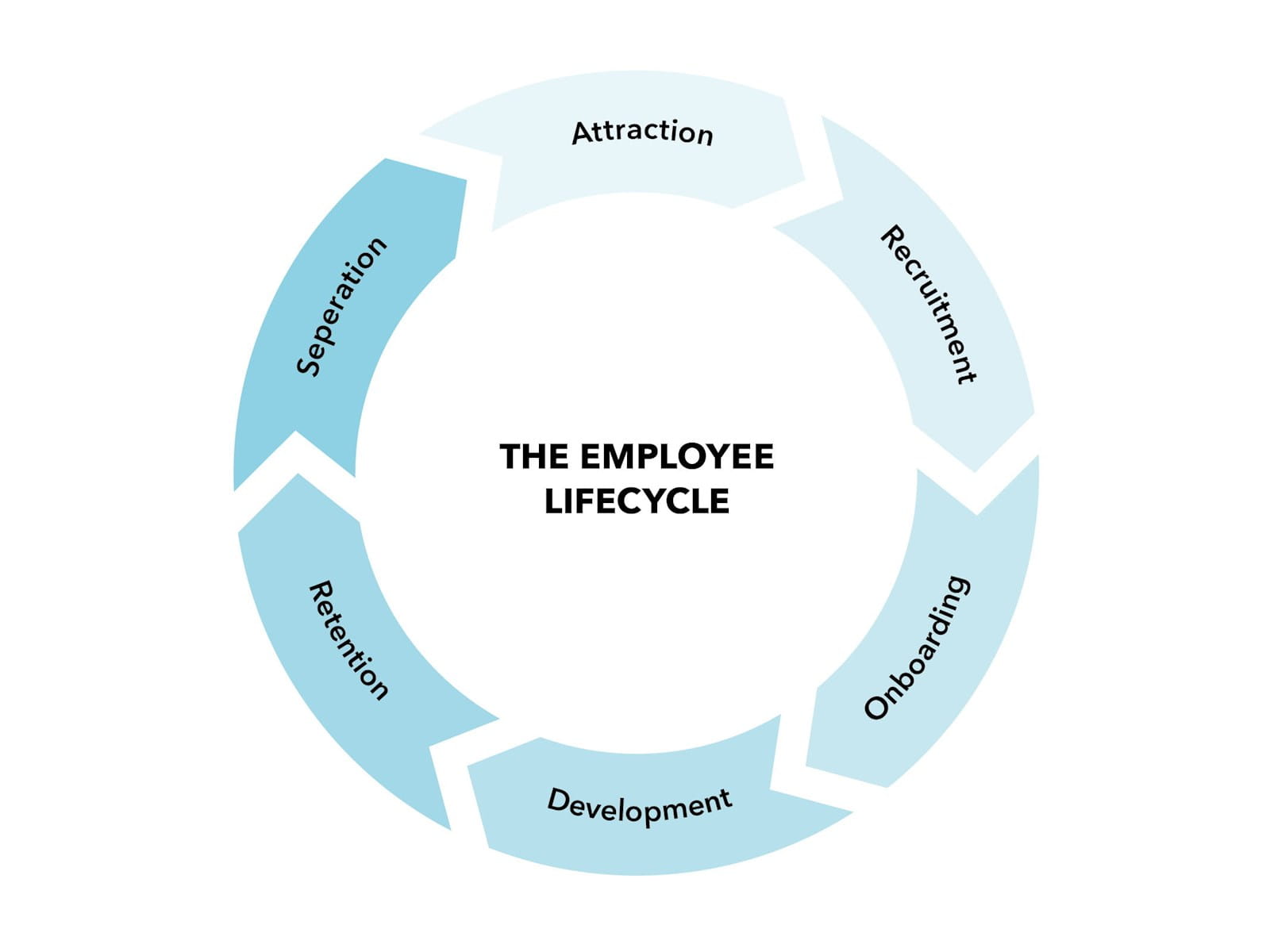When people think about transformation, the first things they consider are structure and systems. People are often one of the last things they consider, if at all. In reality, it should be one of your first considerations.
This article is part of a wider series about how to deliver successful transformation projects. We’ve previously covered two of the five pillars, namely leadership and structure. The people perspective for transformation is highly relevant today in the continued “war for talent”. We are in the unusual situation globally of having high inflation and recessionary metrics, yet in many parts of the world there is high employment. We give practical advice about attracting and retaining the right talent throughout the employee life cycle.

Ensuring strategy is delivered by ensuring the right people are in the right structure doing the right processes, supported by the right systems and inspired by the appropriate leadership and metrics.
The problem with getting the right people with the right skills into the right role is that without a solid framework in place, choosing a candidate quickly becomes the subjective choice of the person doing the hiring, with all of the biases that could entail. It’s a constantly moving target, and there are many different angles and elements to consider.
For example, a finance leader might initially think that the “hard” technical IT skills are important for an employee to work effectively at home. However, without the face-to-face interaction and daily touchpoints available in the office, interpersonal or communication “soft” skills may turn out to be more important to ensure tasks aren’t duplicated or falling through the gaps.
Every organisation is different, so there’s no magic solution when it comes to creating this transformation framework, but I’ve tried out a number of ideas, processes or tools that should help your thinking. I have also included some free simple downloadable templates, to provide you with a simple roadmap to get your transformation started.
Hybrid working in the finance function
In a post-COVID world, hybrid options needed to be considered to attract talent. It’s an extremely competitive market, and work life balance is a much bigger priority for workers than it was three years ago. This can be difficult to get right, but there are some simple considerations that you can use to offer something that will work for potential employees.
Talk to candidates about their individual needs. They may want to come into the office full time, but some days at home might be better for them. Work with them to come up with a plan that works for them and you.
Generally, consider offering a split of around two or three days in the office, the rest of the week at home. Make sure you’re clear on the purpose for coming into the office: what are you doing in the workplace that people can’t do at home?
When I worked at Jacobs, we consolidated our office footprint, reducing cost and changing the functional space that remained. The purpose had changed, and to reflect that, we created a more open plan space for social gathering, networking and collaboration; these were the primary reasons for being in the office. We included booths for private calls and workspaces for people who wanted or needed to come into the office every day, whether for a lack of home working space, career stage or mental health reasons.
We made the space more of a destination that people wanted to go into and used it for the tasks that really needed to be done in the office. Consider that as a future model for working when addressing people’s hybrid needs.
Assessing your talent gaps
As with the previous articles in this series, it’s important to treat your People Perspective Transformation like a project and start by assessing your talent gaps. For any transformation projects, I use the GAME plan approach. As a reminder, GAME stands for:
Gap analysis
Action plan
Measure and manage
Examine and improve
We’ll focus on the “Gap analysis” and the “Action plan” here. Use the gap analysis to assess where your talent gaps are, what skills you have and what your organisation needs. Take as a focus the following statement: “We need motivated people with the right skills delivering the correct processes at the right time.” Here’s an example of what that might look like.
In my case study example, I’ve used an example where there is a low maturity score for the current “As-Is” situation. I’ve put the maturity level for the operational annual budget and aspiration for the three-year business plan at four and five respectively, which reflects the priority for talent at the moment. From that, create an action plan. Again, I’ve produced an example that breaks it down into four actions, starting with ‘establishing a people game plan’ and ending with its implementation. I’ve also included who is ultimately responsible for delivering on each action, and how many milestones we would have in place for each.
It’s important to treat this like a project, with a project manager and team in place. As with any transformation project, try to bring existing staff onto that team and backfill their roles. They will have the organisational knowledge that will help to ensure that any changes are appropriate for the business and will bed in effectively. This will also significantly aid buy-in from the wider team.
Make sure that you assess the existing strengths and weaknesses of your team, and what potential skills and traits that you can develop. Retaining and developing your staff is just as important as bringing in new skills. Make sure that you take those staff on the journey with you; work with them to develop personal action plans, rather than forcing everyone to do the same training course.
Standardised job role profiles
For a structure and process to work effectively, you need to have agreed job role profiles. This should fit on a single page and cover the following:
- Leadership and metric responsibilities
- Structure clarity – where does the role sit in the structure?
- Process responsibilities
- People competencies
- System responsibilities
What does a standard job role profile do for a busy finance leader? They make it easier to both identify people to fill the available jobs and how to manage them in the job. They ensure accountability and responsibility for deliverables are clear. By having them, an organisation can understand what skills and competencies are required to deliver that work successfully. They also make it easier to compare performance and salary with the external market.
You should also ask yourself questions about a given role that relates to the other perspectives within the wider pillars of strategic delivery: what are the process responsibilities of the role? What are the leadership responsibilities? Where in the structure does the role sit? What are the system’s responsibilities? This will help define the profile of the role within the context of the organisation.
When people are already in a role, this could help identify areas for development in order to improve performance, or strengths to highlight when an employee is looking to progress their career.

Competency framework
To be clear, when we’re considering competencies for delivery, we’re not talking about technical skills or qualifications. An ACA, for example, is just a ticket to play the game. Increasingly, the differentiator is often the personal or ‘soft’ skills a candidate brings with them.
During my time at Mars, when we were looking at the skills, competencies and behaviours required for any given role we often referred to the Lominger competency model. It’s one of many competency models that you could potentially use, but personally, it was the system I found most useful. We matched employees or potential candidates against a number of the skills, competencies and behaviours in that model. How many we used varied, but usually around three to five would be really important.
The Lominger competency model is often used by human resources to understand how employees (or potential employees) may act in certain situations, and tend to focus around certain less tangible attributes, such as approachability, composure or prioritisation.
What you choose to focus on depends on the future strategic goals and targets of your business as a whole. You might want to build a more resilient organisation, for instance, and therefore pick competencies to match this.
As an example, while working in the USA in the late 2000s, my company was recruiting for a finance business partner. We considered two of the Lominger competencies, “ability to deal with ambiguity” and “learning on the fly”, as important attributes for our potential employee based on our ambition to add organisational resilience.
Our approach was to make sure that the person we hired had the ability to do the role two levels above them. They might not have been the best tactically for their specific role, for example, but they had all the skills and showed that they could learn quickly, adapt to change and make the organisation more resilient.
The person was not, on paper, the most experienced or technically qualified for the position, but showed potential based on our chosen competency framework. Our office was across the street from Lehman Brothers at the time. The credit crunch happened while I was there. It was strange watching layoffs at Lehman happen in real time, while the crisis put our resilience-first approach to the test. Thankfully, it passed.
Need to know
The critical messages from this article that you need to take away:
- People are a critical component of any transformation project, and in the context of the war for talent, the primary goal may be to attract and retain people – the move to hybrid working is an example of such a project.
- Use the GAME plan approach to undertake a talent gap analysis and create an action plan off the back of it. Getting the right people in should be treated like any other project.
- Standardise job roles by linking them to all the other strategic pillars of the organisation, such as leadership, systems, processes and organisational structure.
- Use competency frameworks to help you determine your priorities. Models such as the Lominger competency model can be useful for this. These competency priorities should link to the overall goals, purpose and targets of the organisation.
Next time
In the next article in this series, I’ll look at processes and how they fit within the other strategic elements in a team. Hopefully you’ll start to see how it all ties together. The importance of matching a person against a role profile; building these role profiles into an organisational structure; putting the right processes and metrics together to drive improvements in performance and ultimately drive a successful and happy finance team.
Further reading
- Tools to help finance leadership succeed
- The finance team toolkit: leadership and performance management
- The finance team toolkit part 3: changing structure is not changing your organisation
Neil Cutting has held many CFO and transformation leadership roles with complex global organisations. Most recently he was Vice-President of Finance at Jacobs Solutions Incorporated, a $15bn Fortune 250 organisation. He is also a member of ICAEW’s Business Committee, which represents global business members and guest lectures on strategic performance at the University of Bath.
Attracting talent to accountancy
Is the profession representing the value and benefits that it offers in the best way? Perception, purpose, diversity and development all matter in bringing the best people to accountancy.




